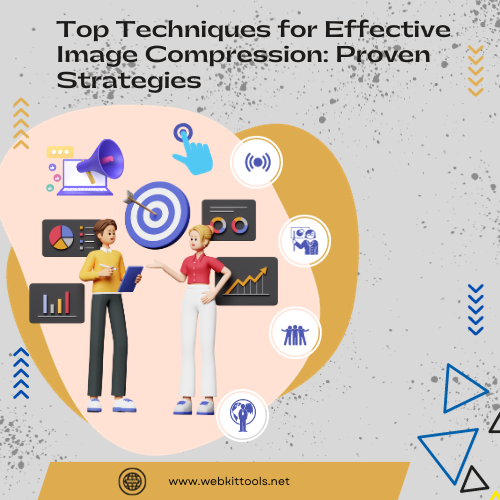Charge Converter
What is the unit of conversion of charge?
Charge Converter
A charge converter is a device that converts one form of electrical charge into another. It serves as a bridge between different electrical systems, facilitating the efficient transfer and utilization of energy.
In manufacturing, healthcare, and telecommunications industries, charge converters enable the seamless operation of equipment and machinery, enhancing productivity and reliability.
Charge converters operate on converting electrical charge from one form to another. They utilize various mechanisms and components to achieve this conversion, including piezoelectric materials, capacitors, and electromagnetic coils.
Types of Charge Converters
Piezoelectric charge converters
Piezoelectric charge converters harness the piezoelectric effect to convert mechanical energy into electrical charge and vice versa. They find applications in sensors, actuators, and energy-harvesting devices.
Capacitive charge converters
Capacitive charge converters utilize capacitors to store and release electrical charge. They are commonly used in power supplies, voltage regulators, and signal conditioning circuits.
Electromagnetic charge converters
Electromagnetic charge converters rely on electromagnetic induction to convert electrical charge. They are often employed in transformers, motors, and generators.
Charge converters have diverse applications across various industries, including:
- Industrial applications: Power generation, automation, and process control.
- Medical applications: Imaging systems, diagnostic devices, and therapeutic equipment.
- Consumer electronics applications: Mobile devices, laptops, and wearable technology.
Advantages of Using Charge Converters
Charge converters offer high efficiency in converting electrical energy from one form to another, minimizing energy loss and maximizing performance.
Charge converters are highly versatile and adaptable to various applications and environments because they can convert different forms of electrical charge.
Charge converters provide cost-effective solutions for energy conversion, offering long-term savings on operational costs and maintenance expenses.
Choose the Right Charge Converter
When selecting a charge converter, it's essential to consider factors such as:
- Voltage and current requirements
- Operating environment
- Compatibility with existing systems
- Cost-effectiveness and reliability
Challenges in Charge Converter Development
Developing higher efficiency, reliability, and miniaturization charge converters poses technical challenges in materials science, engineering, and design.
Market dynamics, regulatory requirements, and competitive pressures present challenges in commercializing and adopting charge converter technologies.
What is the primary function of a charge converter?
A charge converter converts one form of electrical charge into another, facilitating energy transfer and utilization in various devices and systems.
What are some common applications of charge converters?
Charge converters are used in industrial automation, medical equipment, consumer electronics, and renewable energy systems, among other applications.
What factors should be considered when choosing a charge converter?
When selecting a charge converter, voltage and current requirements, operating environment, compatibility with existing systems, and cost-effectiveness are essential considerations.
How can I optimize the performance of a charge converter?
Regular maintenance, inspection, and troubleshooting techniques can help optimize the performance and longevity of charge converters, ensuring reliable operation.
What are the future trends in charge converter technology?
Innovations in materials science, engineering, and design are driving advancements in charge converter technology. Potential growth areas include renewable energy, electric vehicles, and IoT devices.














